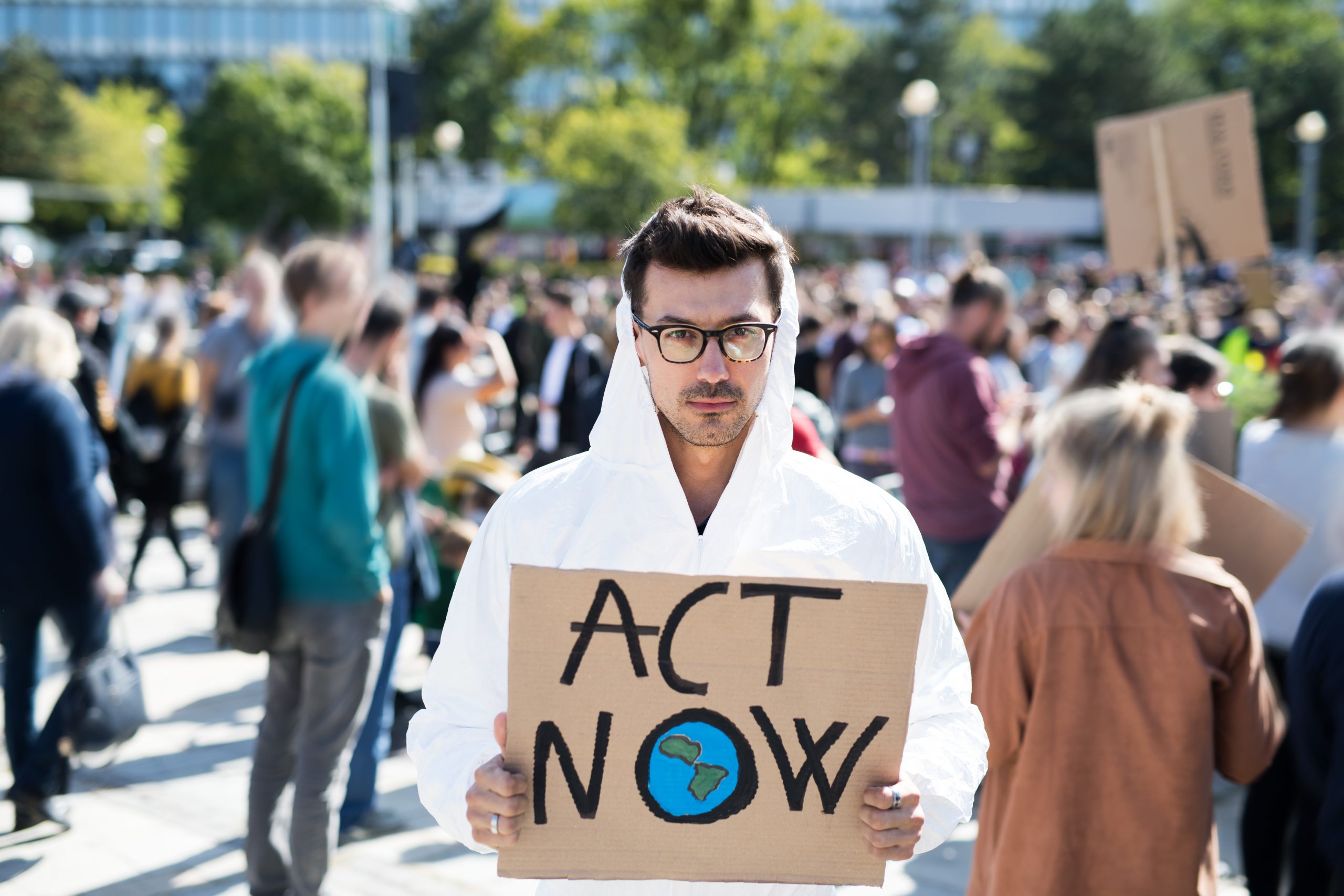
Humans are moving less. Thanks to stay-in-place orders, we’re bending the COVID-19 curve, and reducing greenhouse gas emissions while we’re at it. The most positive takeaway, however, may be how we respond to crisis.
The Good News
“Greenhouse gas emissions (GHG) are down, and air quality has gone up as governments react to the COVID-19 pandemic,” reports the head of the United Nations Environment Program (UNEP), Inger Andersen.
In California, for instance, “the city of [LA] experienced it’s longest stretch of “good” air quality since at least 1995,” in early March, reports CNN.
In China, GHGs like carbon dioxide (CO2), methane (CH4), and hydrofluorocarbons (HCFC) temporarily dropped by nearly 25% as factories closed and fewer cars were on the road throughout February, according to NPR.
Those rates have slowly started to rise again as lockdown orders are lifted. However, emission levels are still below normal, finds Carbon Brief.
Worldwide, the pandemic may cause a 5.5% drop in emissions, according to Carbon Brief’s climate/coronavirus analysis. “As a result, the [novel] coronavirus crisis could trigger the largest ever annual fall in CO2 emissions in 2020, more than during any previous economic crisis or period of war.”
However, climate experts say it isn’t a boon for the environment.
“Not Even a Blip on the Radar”
Although it improves air quality, the temporary reduction in emissions won’t have an impact on the climate crisis, explains Woody Hastings, energy program manager at the Climate Center—a nonprofit organization focused on creating science-based solutions to reduce greenhouse gas emissions.
“This isn’t even a blip on the radar screen in terms of the very long-term, attenuated climate crisis,” he tells the Emerald.
That’s because air quality and climate change, although related in some ways, are separate issues in several respects, says Hastings. Each creates different kinds of problems, with different kinds of solutions that occur on different timescales, he adds.
According to The Institute for Advanced Sustainability Studies (IASS), for exmaple:
Air pollution and climate change are closely related. As well as driving climate change, the main cause of CO2 emissions – the extraction and burning of fossil fuels – is also a major source of air pollutants. What’s more, many air pollutants contribute to climate change by affecting the amount of incoming sunlight that is reflected or absorbed by the atmosphere, with some pollutants warming and others cooling the Earth. These short-lived climate-forcing pollutants (SLCPs) include methane, black carbon, ground-level ozone, and sulfate aerosols. They have significant impacts on the climate. Black carbon and methane in particular are among the top contributors to global warming after CO2.
What’s also important to understand is that not all toxins are directly emitted. The EPA explains:
“Tropospheric, or ground level ozone, is not emitted directly into the air, but is created by chemical reactions between oxides of nitrogen (NOx) and volatile organic compounds (VOC). This happens when pollutants emitted by cars, power plants, industrial boilers, refineries, chemical plants, and other sources chemically react in the presence of sunlight.”

Therefore, increased air quality is essential in mitigating the impacts of climate change. However, rapidly reducing containments in the atmosphere, “will not in itself be sufficient,” reports the IASS.
Reducing air pollution is only a part—albeit a major part—of the fight against climate change. “Decarbonizing the economy,” phasing out fossil fuels, and introducing long-term sustainable technologies are crucial steps, the IASS adds.
A Hopeful Harbinger?
Air quality has undoubtedly improved since officials announced shelter-in-place orders. And that’s promising. However, like the orders, the potential 5.5% emissions drop is temporary, explains Hastings.
It also falls over 2% short of global policy goals. According to a Nov. 2019 UNEP report, “unless global greenhouse gas emissions fall by 7.6 per cent each year between 2020 and 2030, the world will miss the opportunity to get on track towards the 1.5°C temperature goal of the Paris Agreement.”
There is hope, though.
“The positive thing is that we’ve actually shown ourselves that we can act,” Hastings says. “We as a global community can respond to a crisis once it’s understood, accepted, and once everyone is rowing in the same direction to try to address it.”
In some regions, like Southern California, mountains are visible in the distance for the first time. There are blue skies without haze. “This is another instance where we can say, if we can do things and mitigate air pollution […], look what a lovely world we could be living in,” Hastings says.
Consider making some of the temporary changes brought about by the pandemic and stay-at-home orders more permanent, such as:
- Drive less
- Attend less in-person and more online work meetings
- Opt to travel by train instead of airplane
- Commit to flying only when necessary
- Aside from reducing greenhouse gas emissions, Hastings says we also need to suck CO2 out of the atmosphere. The simplest way to do that is to plant trees.



Leave a Reply